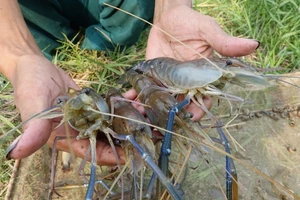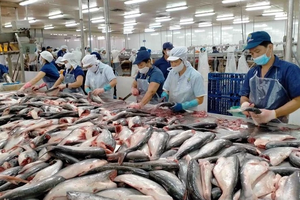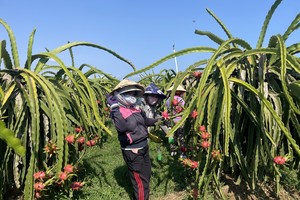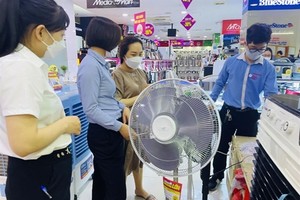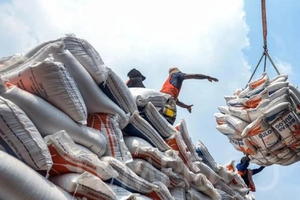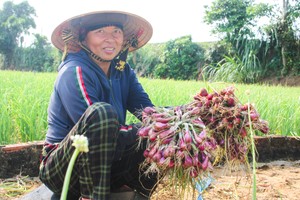After analyzing the actual rice export situation in 2015 and rice export potentiality in 2016, Mr. Huynh The Nang, chairman of the Vietnam Food Association (VFA), said that China remains the main rice export market this year with 54 percent of total rice exports; the rest will be exported to Europe, the US, Japan, South Korea, Middle East, Russia, and the United Arab Emirates.

However, with China still accounting for high proportion in rice export structure, rice export potential this year is expected to be great but contains high risks. Chinese businesses usually imported Vietnamese rice that looks like Chinese rice variety then polish, pack, and distribute to the market under Chinese businesses’ brand names. This seriously affects the brand name of Vietnamese rice as well as devalues Vietnamese rice. Vietnamese businesses also lack of information of their Chinese partners, therefore, many of them were swindled when exporting rice to China.
As for new market, such as America, Europe, South Korea, Japan, and Middle East, Vietnamese rice exporters have to face strict technical barriers. However, there has not been a quality testing center of international standards in Vietnam that Vietnamese businesses have to rely on foreign testing centers so risks are high.
The VFA had proposed the ministries of Health, Agriculture and Rural Development to warn farmers against using banned chemicals during rice cultivation. Until now, this problem has not been solved yet as authorities are short of testing equipment. There are harmful chemicals that authorities even do not know of. In fact, rice of some businesses was returned because of these harmful chemicals in 2015.
In order to lessen risks for rice exporters as well as increase sustainability of market, Mr. Tran Tuan Anh, deputy minister of Industry and Trade, ordered commercial counselors to coordinate with the Vietnam Trade Promotion Agency, Multilateral Trade Policy Department, and Department of Import and Export to gather information of rice importers. Of which, they have to evaluate and compare the advantages of Vietnamese rice over that of competitors and propose solutions to improve export effectiveness and add more value to rice products. Local authorities have to restructure agriculture, ensure quality of rice, build solution to develop Vietnamese rice’s brand name, stabilize cultivation area, and connect farmers with rice exporters. The VFA should quickly complete strategy to develop brand name of Vietnamese rice in order to help Vietnamese rice to infiltrate into distribution network of rice importers.
The Ministry of Industry and Trade will carry out a project to improve business ability of rice exporters in terms of human resources, marketing activities, and international commercial dispute to create most favorable conditions for them to enhance internal force and diversify export market.
The Ministry of Industry and Trade on February 22 held a conference to appraise rice export situation in 2016.

